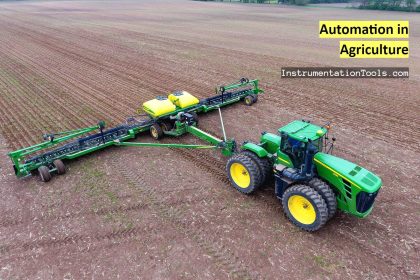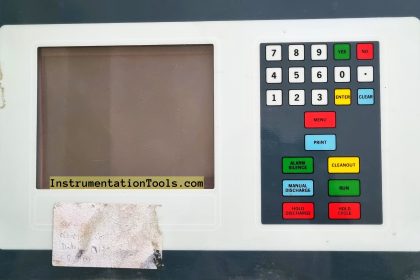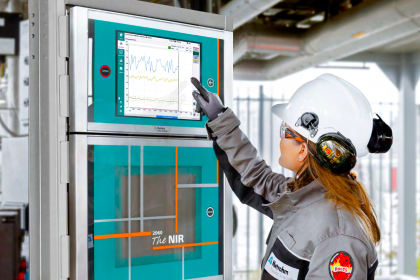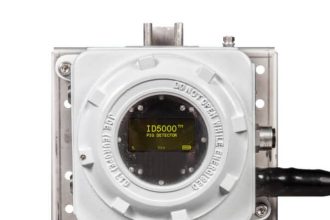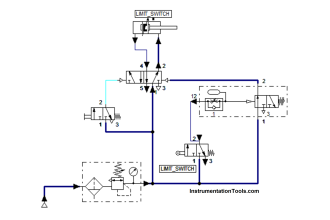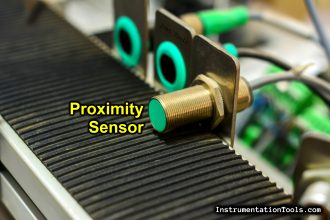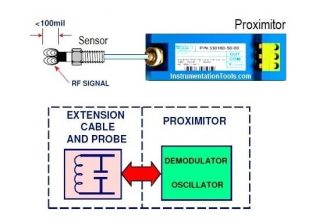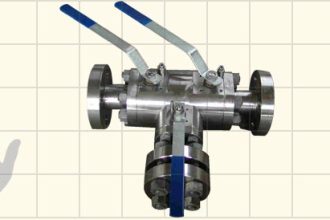Everyone knows that a battery is a device that when charged, delivers power to the required device without the plug-in of an additional power supply. It is used in many electronic devices, to power them.
One of the most important applications of a battery is a vehicle. Batteries play a very important role in cars, bikes, autos, trucks, and other fuel / electric-powered vehicles.
In this post, we will learn why a battery is used in a vehicle.
Functions of a Car Battery

Electricity Storage
The first and foremost basic use is the storage of power. A battery has a requisite amount of power that supplies electricity when charged. As long as it is charged, it will provide power to various electronic devices in a vehicle like lights, music boxes, horns, indicators, smart gadgets in a car, etc.
The inside of the battery is home to a chemical solution (usually sulfuric acid) and layers of lead and lead dioxide plates, which react with the acid to create energy ( it is to be noted that a battery stores chemical energy and not electricity).
A standard car battery has a voltage of 12V. A battery charge plays a very important role when the engine is off but the vehicle is on.
When you want to use electronic devices without turning on the engine, then the battery will provide the required electricity to power them. So, it is necessary that the battery remains charged and if it becomes empty, then replace them.
Starting the Engine
An engine needs to be brought in flywheel condition to run (means without additional support or just running freely). You know that vehicles have electric start also in conjunction with a mechanical kick start. This electric start is provided by a battery. So, how does it work?
When the electric start button is pressed, the battery provides the required starting current to a starter motor. The current is very high and the starter motor kickstarts the engine to a flywheel state by rotating the shaft.
Once the engine reaches a running state, the starter motor is disconnected automatically and the engine starts to run. As a large amount of energy was consumed in the battery by the starter motor, it needs to be recharged again.
So, an alternator is used beside the engine, which converts the mechanical energy of the moving motor into electrical energy. This energy is fed back to the battery to charge it.
The alternator is feeding power to the battery as long as the engine is running. It is also powering electronic devices. But, when the demand exceeds, the battery can also be used in parallel to meet them along with the alternator.
Works as a Power Stabilizer
As a battery is used in place of a normal electric plug-in power supply, it automatically reduces the risk of power surges and spikes from damaging electronic devices. Batteries also help to regulate power through various stages.
The electric graph is stable and does not vary a lot when a battery is used. Having the battery to rely on as a backup for the alternator is what protects your car’s systems. If you were to suddenly disconnect the alternator from the battery, the resulting voltage surge would likely damage your vehicle.
But the completed circuit, with the battery in place, ensures a slower, more regulated change in power levels if your alternator dies and your battery takes over.
In this way, we understand the use of batteries in vehicles.


